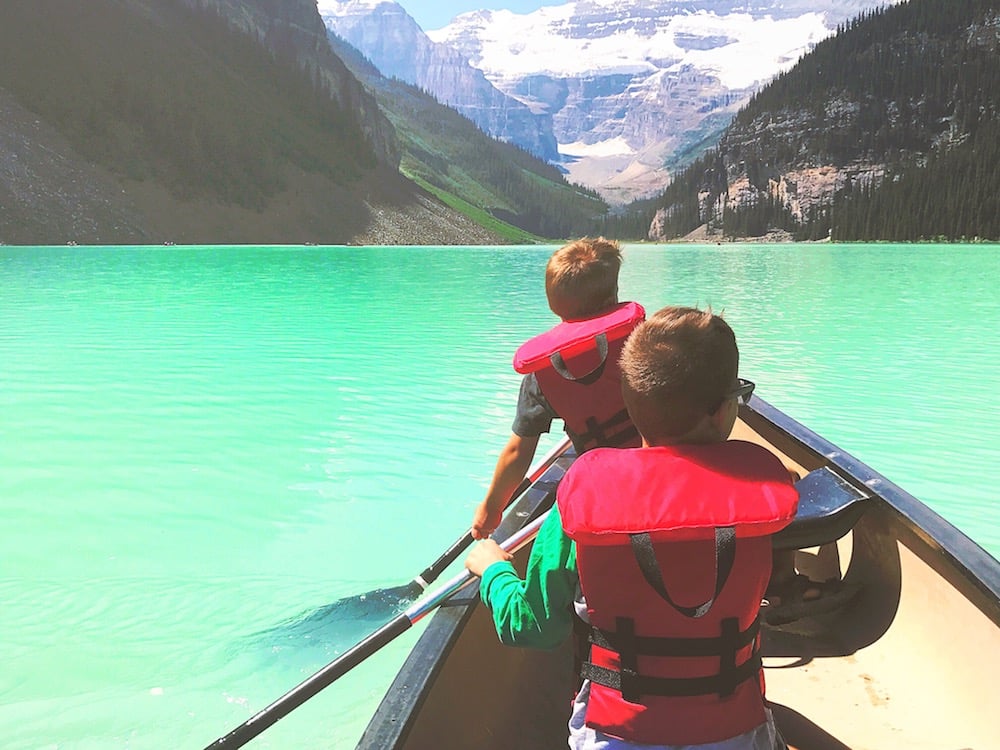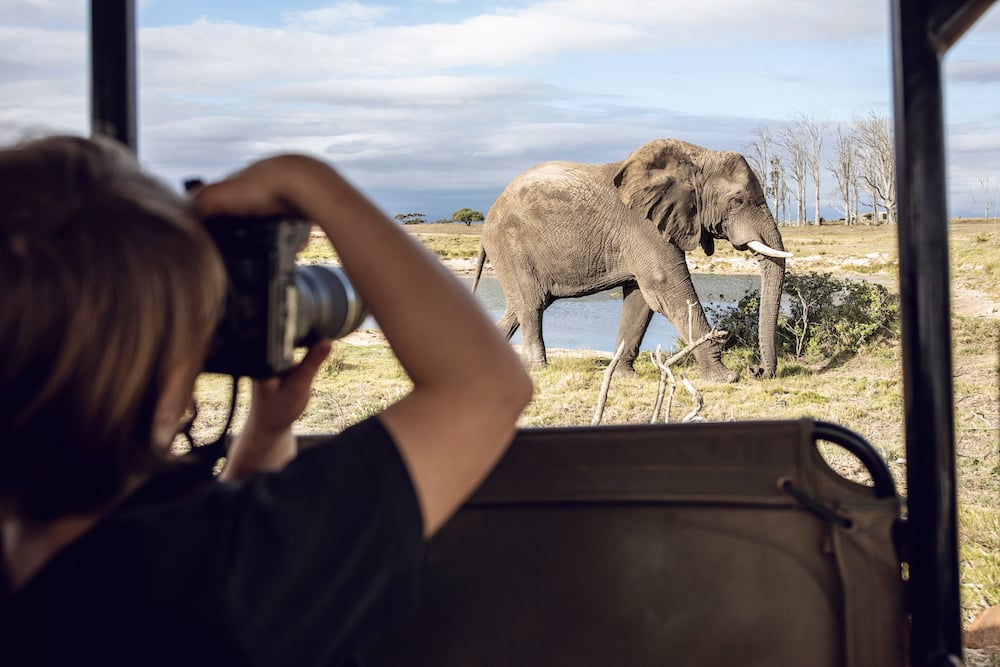
The “one size fits all” approach to travel marketing may well be dead and gone.
NB: This is an article from GuestRevu
Special interest tourist markets are becoming more and more mainstream, and catering to a specific tourism niche or two can be a great way to get the right kind of heads in your beds. We’ve put together this list of ten types of tourism; and hope you share it to see who says they know about all these interesting types of tourism.
Subscribe to our weekly newsletter and stay up to date
Because for us, putting this list together is how we came to know of a few of them!
1. Adventure tourism
Everyone likes a little escape from time to time; and for young, active travellers especially, a travel itinerary with action, activities and adventure in a new place is the best way to recharge. If your hotel is located near whitewater rafting operators, bungee jumping facilities, mountain biking trails and the like, you could be in a good spot for adventure tourists – if you meet their needs and communicate your offering effectively.
To earn more bookings from these adrenaline-hungry adventurers, you need to make an intentional effort to communicate the activities available, as well as showing those interested that booking at your hotel will make everything easier (since you may already have all the contacts and higher priority access to the itineraries listed). You don’t necessarily need to have all the activities on-site, but a few complimentary amenities (like secure storage for guests’ own equipment, or pre-packed breakfasts for ultra-early risers) and the messaging behind your hotel experience, amenities and add-ons are what will make you a desirable option. Things like couples packages, seasonal family excursions are appealing for such trips, and your feedback data will let you in on who you should target most with which offers.
2. Wildlife tourism
Although hotels with game reserves, safaris, and sunset cruises on their doorsteps are clearly in this tourism market, and this is another one that largely depends on location for its success, hotel marketers still need to package and promote their offerings appropriately.
Hotel owners in this market need to do as much as they can to bring imagery of the flora and fauna at their property to the forefront, as well as create packages that will be relevant to their prospective guests. That means diving into guest data to ascertain key data points like the age groups that will likely come in, who they go on these travels with, and where they come from, so that the messaging can be as accurately targeted as possible. You need to join the communities that wildlife tourists engage in on social media, and strengthen your online presence by creating content that displays everything there is to see and do, while showing them how it’s even better to go in person.
3. Medical tourism
Medical tourism is a category that is steadily growing in popularity, and according to statista, it was valued at 54.4 billion U.S. dollars in 2020, and is forecast to reach a market size of over 200 billion U.S. dollars by 2027. Though it stems from the need to access the best healthcare and cosmetics opportunities, it presents a budding opportunity for hoteliers in medical tourism hotspots.
Looking closely at the serious cases that neighbouring medical professionals deal with, and learning where most of the patients come from, is the kind of data you need to make it in this market. That is how you can create packages with attractive last-minute booking rates, for example, flexible cancellation policies, and advertise how comfortable your property is for a recovering patient. You may need deeper pockets to ensure you have the best options for dietary requirements, ergonomic rooms and living spaces that will help guests heal comfortably once they’re discharged, and perhaps private transport from the hospital they will have come from.







